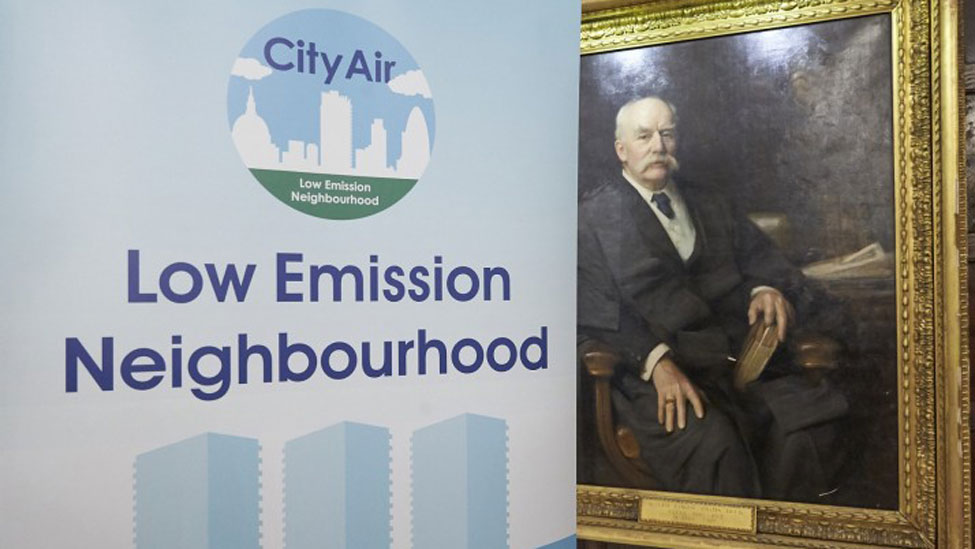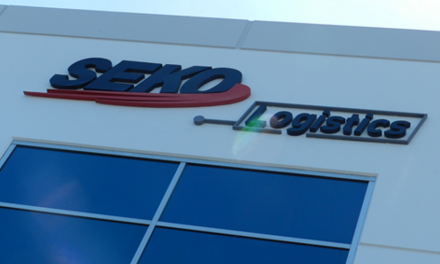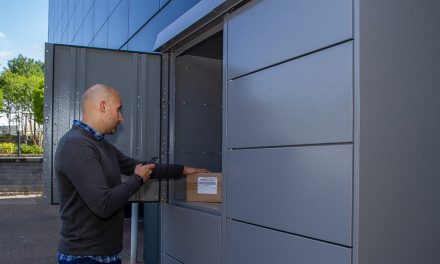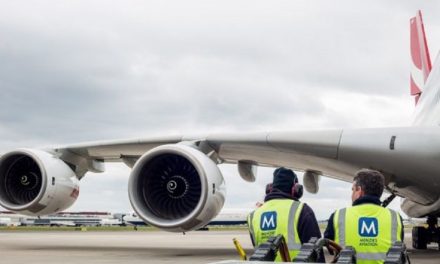
EV charging at the Barbican

The City of London Corporation has launched a new electric vehicle (EV) charging scheme in the Barbican.
City residents in the Barbican who use an EV now have access to 30 permanent charging points across the iconic Grade II-listed estate.
The charging points will make it more accessible for residents with electric powered vehicles to charge them and offer a range of options, including both tethered and socketed units, with power outputs ranging from 3kW to 22Kw.
The charging points, supplied and commissioned by Chargemaster, were installed by SRG Electrical and are spread across five car parks in the Barbican estate.
The new charging points are part of the City Corporation’s plans for a Low Emission Neighbourhood (LEN), jointly funded by the Mayor of London and the City Corporation. Plans for the LEN also include proposals for green taxi ranks and planting and greening projects designed to improve air quality around the Barbican and Golden Lane Estate areas.
Residents who own an electric vehicle will also be taking part in a six-month trial carried out by environment consultants WSP. If successful, it could lead to a wider rollout of EV charging infrastructure across the City of London.
In a statement issued last week, Jeremy Simons, Chairman of the City of London Corporation’s Environment Committee, said: “At the beginning of the LEN project, it was one of our ambitions to make more charging points accessible to residents in the City. This has now been achieved.
“We are committed to improving the Square Mile’s air quality and this pilot will help us future-proof the City by encouraging the use of pollution-free electric vehicles.”
Shirley Rodrigues, Deputy Mayor for Environment and Energy, said: “The roll-out of standard charging points across the Barbican is a great step forward in encouraging more residents to shift to zero-emission vehicles, which London desperately needs to clean up our toxic air.
“Communities have a huge role to play in developing innovative new ways to tackle air pollution, which is why the Mayor has invested £5 million in creating five Low Emission Neighbourhoods across the capital, benefitting eight boroughs, where bold action will offer drivers incentives to switch to cleaner vehicles and help transform local areas.
“He has also brought forward the central London Ultra-Low Emission Zone and introduced the T-Charge, and continues to urge the Government to follow his lead and provide greater funding to tackle this public health crisis.”
Matt Croucher, Associate Director of WSP, said: “We commend the considered approach taken by the City Corporation, which is not only looking at fulfilling current demand, but is also thinking about the medium to longer term.
“Based on all these findings, we’ll be making recommendations for how charging infrastructure should be rolled out more widely, accompanied by some best practice guidance.”
The City Corporation’s other environmental initiatives include a clean air cargo bike delivery scheme which helps the Square Mile’s businesses tackle air pollution by shifting deliveries from diesel and petrol vans to cargo bicycles. It has produced a CityAir app, which provides over 27,000 Londoners with low pollution travel routes across the capital, with advice and alerts when air pollution is high.
And in 2016 it agreed a deal with Addison Lee – London’s biggest private hire taxi firm – to automatically switch hybrid taxis to ‘electric mode’ in key areas of the Square Mile. The City Corporation has banned the purchase of diesel vehicles from its own fleet of 300 vehicles, where there is a clean market alternative.
It has also introduced a City-wide 20mph zone, and its new procurement rules have brought in tight restrictions on emissions from bulldozers and generators.
As we reported previously, the Mayor of London Sadiq Khan has launched a new taskforce dedicated to boosting the infrastructure needed to increase the take-up of EVs across the UK’s capital city, and the Mayor Office has also published a report on the subject.












